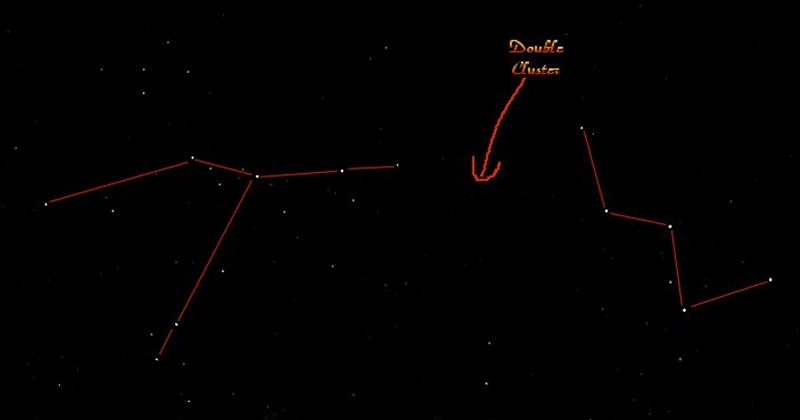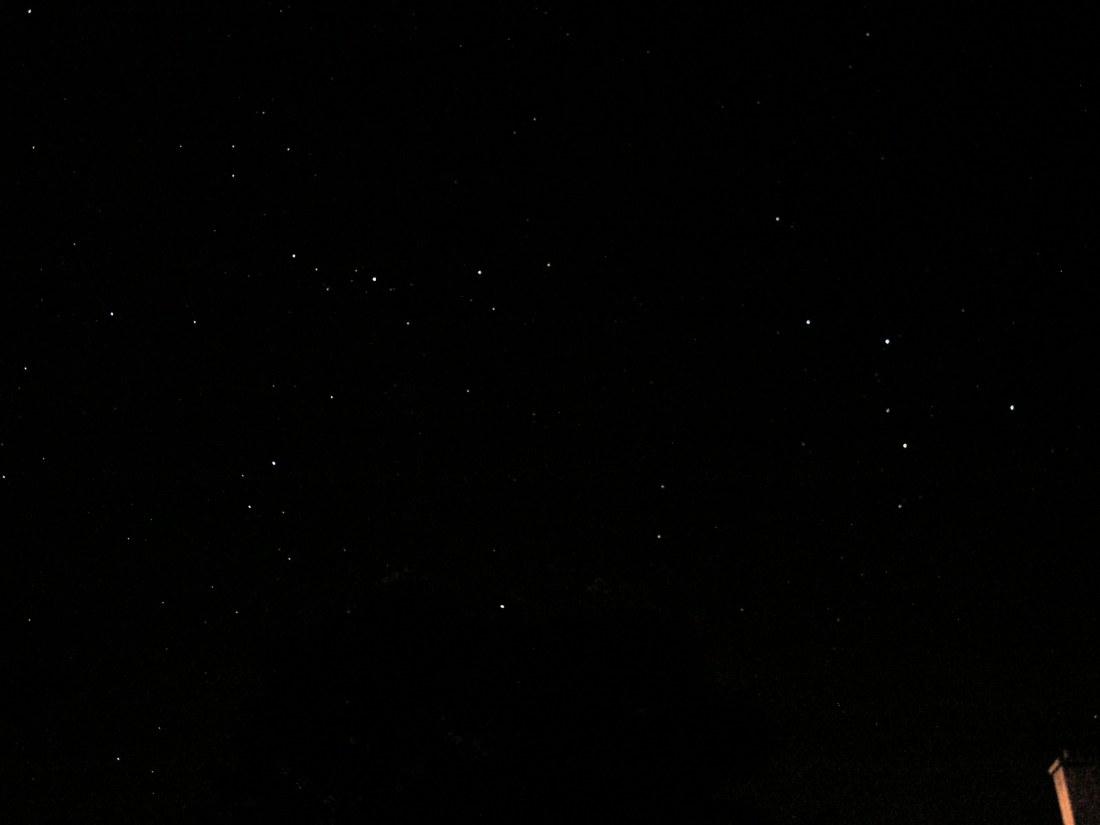|
The photo shows the constellations of Perseus and
Cassiopeia. The Milky Way runs through these constellations, so a sweep
with binoculars will not disappoint. One particular area to check out with binoculars or a small telescope is marked on one version of the photo - this is where The Double Cluster (NGC 869 and NGC 884) can be found. In clear skies it can be spotted with the naked eye, but its true glory is only revealed with optical aid. Have a look - it well worth it. I'll cover this area of the sky in a newsletter later in the year when it is overhead and easier to see. More details on it can be found at http://www.seds.org/MESSIER/xtra/ngc/n0869.html
In the meantime lets hope for clear skies at least on the 14th & 29th March for the lunar and solar eclipses (details in Feb/Mar newsletter and below). Info on eclipses to see during March: Solar Eclipse - March 29th 2006 Important Safety Note: Eye safety is very important if viewing the Sun, even if during an eclipse. See the following link for advice on this: http://sunearth.gsfc.nasa.gov/eclipse/SEhelp/safety.html Lunar Eclipse - 14th March 2006 Related Web Links |

